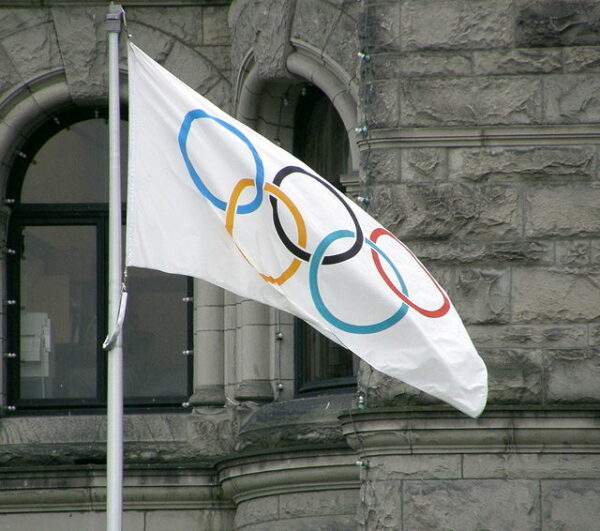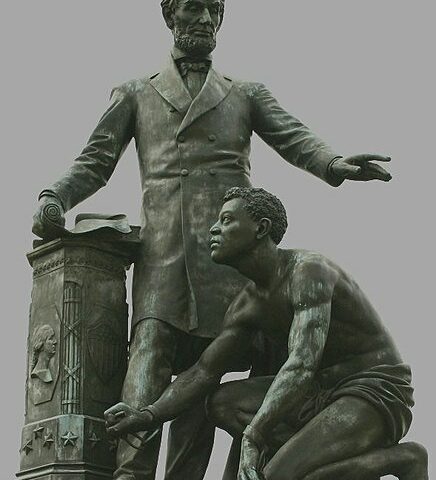On August 14, 1920, the world saw the unveiling of a symbol that would become synonymous with global unity and peaceful competition: the Olympic flag. Introduced during the VII Olympiad in Antwerp, Belgium, the flag was more than just a new emblem for the Games—it was a beacon of hope for a world still healing from the ravages of World War I. This historic moment marked the beginning of a new chapter in the Olympic movement, encapsulating ideals that transcended sports and spoke to the collective yearning for peace and international camaraderie.
The creation of the Olympic flag was the vision of Pierre de Coubertin, the founder of the modern Olympic Games. Coubertin, who dreamed of the Olympics as a celebration of humanity, designed the flag to reflect the universality of the event. The flag featured five interlocking rings on a pristine white background, each ring symbolizing one of the five inhabited continents—Africa, the Americas, Asia, Europe, and Oceania. The colors of the rings—blue, yellow, black, green, and red—were deliberately chosen because, at the time, every national flag contained at least one of these colors. This thoughtful design made the flag an inclusive symbol that every nation could embrace.
The Olympic flag made its debut at a time when the world was in dire need of symbols that could unite rather than divide. The memory of the Great War was still painfully fresh, and the new flag, with its simple yet profound imagery, offered a vision of global harmony. The interlocking rings represented the coming together of diverse peoples and cultures, while the white background symbolized peace and purity—a clear message that the Olympic Games were not just about competition, but about fostering friendship and mutual respect among nations.
When the Olympic flag was first raised in Antwerp on that summer day in 1920, it was more than a ceremonial gesture—it was a powerful statement of intent. The flag embodied the Olympic motto, “Citius, Altius, Fortius” (Faster, Higher, Stronger), but it also carried a deeper message of reconciliation and unity. In a world still reeling from conflict, the flag served as a reminder that the Olympics were a place where nations could come together, not as adversaries, but as partners in the pursuit of excellence and peace.
The adoption of the Olympic flag marked a turning point for the Games, providing them with a lasting symbol that transcended individual competitions. The flag quickly became an iconic emblem, representing the values of fair play, sportsmanship, and international friendship. Over the years, it has flown over every Olympic venue, watched by millions of spectators and participants, serving as a constant reminder of the values that Pierre de Coubertin sought to instill in the Olympic movement.
A century later, the Olympic flag remains a powerful symbol of global unity, enduring through times of peace and conflict alike. It continues to inspire athletes and audiences around the world, reminding them that despite differences in nationality, culture, or language, the Olympics are a celebration of our shared humanity. The flag, with its timeless design and profound meaning, has become synonymous with the very spirit of the Olympic Games, representing the enduring hope for a world where competition brings us closer together, rather than driving us apart.






